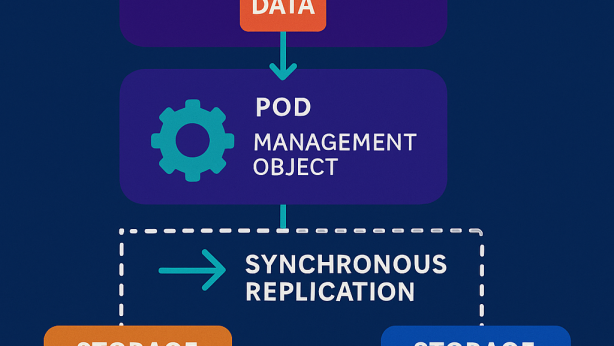METHODS AND APPARATUS FOR ACCESSING SECURED PHYSCIAL ASSETS AT A FACILITY UTILIZED FOR MAINTENANCE AND MANAGEMENT
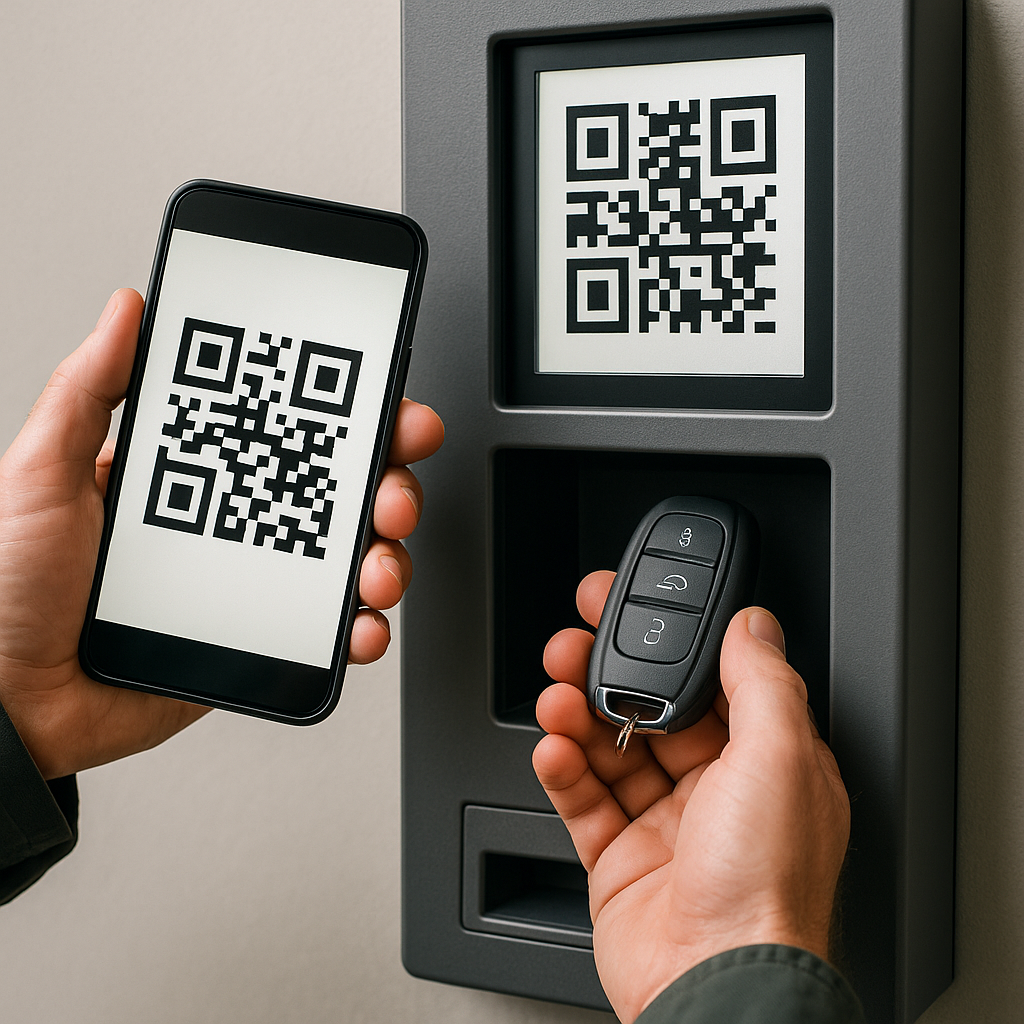
Invented by Terp; Jon Kristian
Getting access to physical things like cars, houses, or packages used to mean meeting someone in person or using special keys or tools. But the world is changing, and a new kind of access system is making life simpler, safer, and more flexible. This article will help you understand how a new patent application is changing the way we access physical assets with just a unique code, and why this matters for the way we live and do business today.
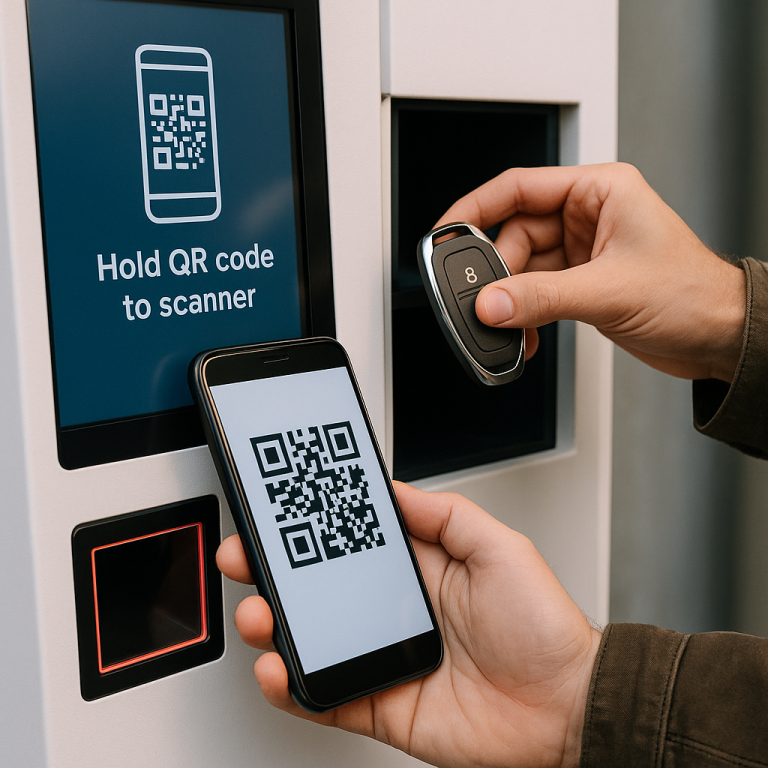
Background and Market Context
People and companies have always needed ways to protect and share their valuable things. Traditionally, physical keys opened doors, cars, lockers, and boxes. If you wanted to get a car rental, enter a house you didn’t own, or pick up a package, you had to meet someone or use a special code. This worked, but it wasn’t always safe or easy. Imagine a lockbox with one code, used by many people—anyone who gets the code can use it, and it’s hard to know who did what and when.
Things are changing fast in how we use and own assets. More people are using ride-sharing, renting cars, and staying in short-term rentals. Ownership is dropping, and sharing is rising. The way people want to access things is becoming more digital and less personal. At the same time, companies like Amazon and FedEx are testing drones and driverless cars to deliver packages. But there’s a big problem: when there’s no human involved, how do you make sure the right person gets the right thing?
The answer used to be passwords or codes, but those can be stolen or guessed. People forget passwords, write down codes, or share them by accident. This makes assets like cars, homes, or packages at risk. As services move toward more automation and less human involvement, there is a clear need for a better way to give the right person access to the right asset—safely, easily, and with proof of what happened.
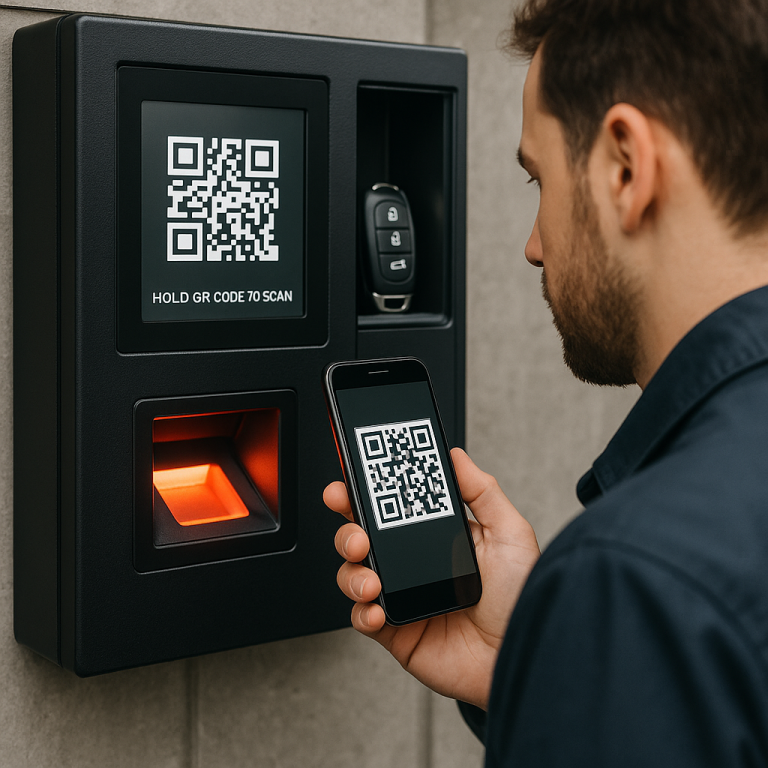
Mobile phones are everywhere, and most people carry one at all times. These devices can show codes, scan things, or send signals. This has led to new ideas about using mobile phones as keys or proof of presence. But most systems still need special hardware, like card readers, NFC chips, or custom apps, which can be expensive and hard to scale.
The market is hungry for a system that lets you access any asset—cars, homes, packages, lockers, even drones—using just the phone in your hand, without extra gadgets or meeting someone face-to-face. It needs to be secure, easy to use, and work anywhere. The patent application we are discussing meets these needs with a clever use of 2D codes (like QR codes) and a smart access system that tracks and controls who can get what, when, and where.
Scientific Rationale and Prior Art
Many solutions have been tried to solve the problem of secure access. Early systems used passwords or physical keys. More recently, lockboxes with codes have been popular, especially in real estate and car sales. These boxes hold a key or fob and open when you enter a code. But if everyone uses the same code, it’s hard to know who took the key. If the code leaks, anyone can get in, and there’s no way to track or limit access.
Other systems use mobile devices as digital keys. Some require NFC chips, Bluetooth, or special apps. Some systems send a code to your phone that you type into a keypad. Others use your GPS location or a Bluetooth beacon to check if you are close enough to open a door or locker. These systems are more advanced, but they often need special hardware and can be expensive to set up, especially across many locations or assets.
Looking at existing patents, there are many attempts to use mobile devices for access:
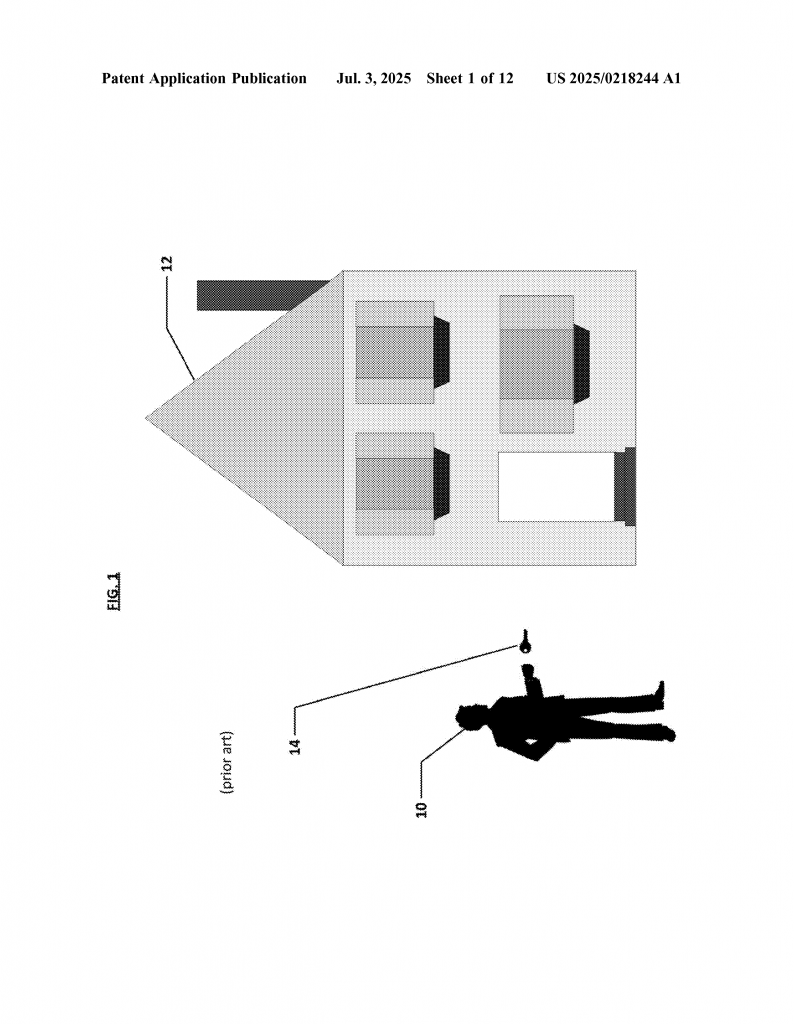
Some patents describe systems where a phone gets a digital ticket, which grants rights to enter an event or unlock a door. Others use cryptographic keys or dynamic codes. There are systems for managing access rights via a server, sending credentials to a phone or card, or using wireless signals to check if a device is nearby. Some solutions use barcodes or QR codes for tickets or coupons, but they usually focus on events or digital access, not physical assets like cars or packages.
For example, some inventions use Bluetooth or NFC to confirm that a user is present at a location. Others require a mobile app to generate a temporary code or certificate. Some systems scan a barcode on a phone to confirm identity. These all help, but most either need special hardware, extra steps, or are limited to one type of asset or situation.
A common problem with prior art is the need for hardware on both the user and the asset side (like NFC readers, custom locks, or paired devices). This makes it hard to deploy widely. Also, many systems can’t track exactly who accessed what, or can’t support returns or complex transactions (like returning a rental car key or dropping off a package for delivery).
What has been missing is a simple, flexible system that uses something almost everyone already has—a smartphone that can display a code—and a smart asset access point that scans the code, checks if it’s valid, and controls access to the asset itself. The system must work with many types of assets (cars, homes, packages, lockers), not just for one use case. It must be able to track who accessed what, when, and even allow returns or transfers without human help. This is exactly what the new patent application solves.
Invention Description and Key Innovations
This patent application introduces a new way to grant and track access to physical assets using a unique 2D code (like a QR code), displayed on a mobile device. The system is designed to work without any extra hardware on the user’s side and without humans being present at the access point. Here’s how it works, in simple words:
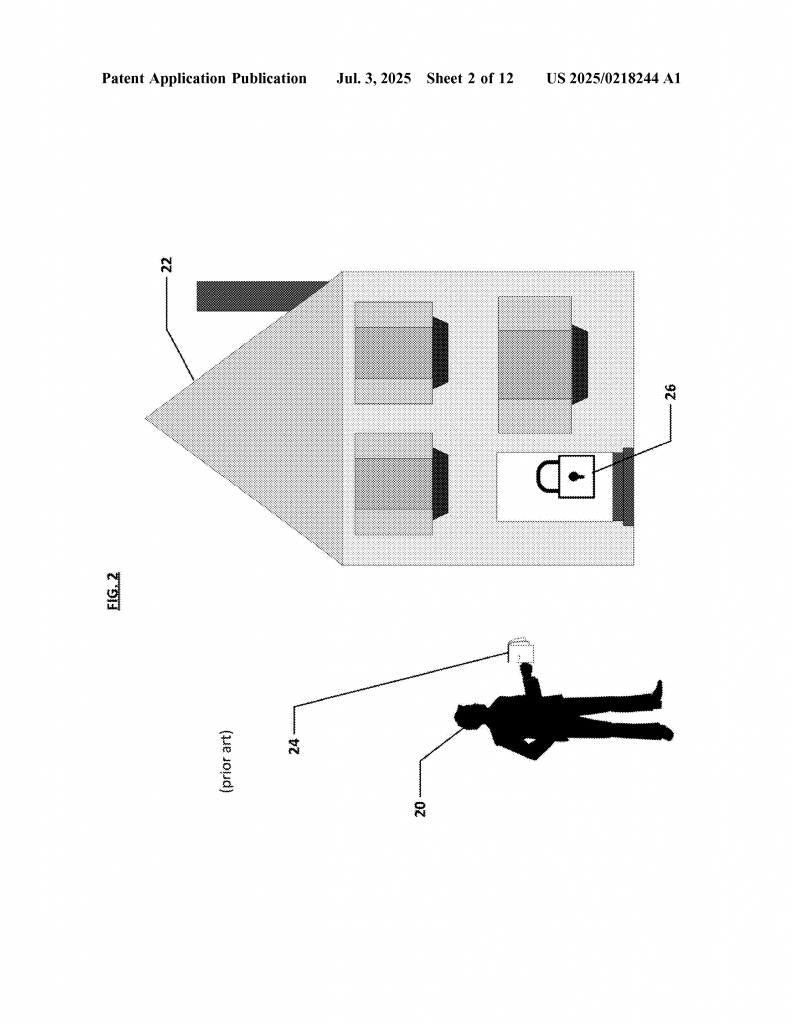
Imagine a special box or cabinet that holds keys, packages, or anything valuable. This box has a scanner (an “optical unit”) that can read a 2D code from your phone’s screen. When you want to pick up an asset (like a car key), you first get a unique code sent to your phone—maybe after booking a rental or scheduling a pickup. You go to the box, show your code to the scanner, and the system checks if your code matches the asset and if you are allowed to get it.
The system is clever: it checks the code, finds out which asset you want, and then opens just the compartment with your asset. There are sensors to see if you actually took the asset. A display shows you what’s happening—like “Access Granted” or “Key Returned.” The whole process is tracked, so the system knows who took what and when. When you are done (for example, returning a rental car key), you get a new code to return the asset, and the process works in reverse.
What makes this system special is how simple and flexible it is. It doesn’t care what kind of asset is inside—a car key, a house key, a package, or even a fob for a drone or locker. It doesn’t need any special app or hardware on your phone, just the ability to show a code. The access point (the box or cabinet) does all the work: it reads the code, checks with a server if it’s valid, opens the right compartment, and tracks the transaction in real time.
The server keeps a record of every asset, where it is, and who can access it. It updates the status each time something happens: when an asset is available, when it’s been assigned to someone, and when it’s picked up or returned. This means you can always know the status of any asset, anywhere, at any time.
The patent describes many possible uses: car rentals, real estate tours, package deliveries by drones or driverless vans, hotel room access, school lockers, bank vaults, and more. The system can even be used for things like picking up weapons at a secure facility or checking out equipment at a gym or hospital. Because it works with just a code, it can be used anywhere there’s a scanner and a connection to the server.
Some other smart features:
- The system can handle multiple zones or compartments, so many assets can be stored and accessed independently.
- Each code is unique and tied to a specific asset and user, so there’s no risk of one code working for multiple people.
- The system knows if an asset has been removed or returned, thanks to sensors in each compartment.
- All details are shown on a display to guide users through the process.
- The system works for both pickups and returns, so assets can be managed for rentals, deliveries, or shared use.
Because this system is based on software, it can be updated or expanded easily. It can work with many types of codes, not just QR codes, so it’s future-proof. And since it doesn’t need custom apps or hardware on the user’s side, it’s easy to deploy at scale—across cities, companies, or even countries.
This invention stands out because it solves the big problems with past systems: it’s secure, tracks every action, works for many kinds of assets, and doesn’t require expensive or special hardware for users. It’s a true “human-less” solution, perfect for the new world of sharing, delivery, and automation.
Conclusion
Accessing physical assets is becoming more digital, automated, and flexible. Old systems—keys, lockboxes, shared codes—no longer meet the needs of today’s fast-moving, sharing-based economy. The patent application we’ve explored here solves this by using simple 2D codes and a smart access system that can work anywhere, for any asset, without humans or special tools.
If you are a business thinking about new ways to manage assets, or a technology company looking to make transactions safer and easier, this patent points the way forward. By tying access to a unique code and tracking every action, you get security, ease, and accountability. This is the future of asset management—simple, secure, and ready for wherever technology takes us next.
Click here https://ppubs.uspto.gov/pubwebapp/ and search 20250218244.

